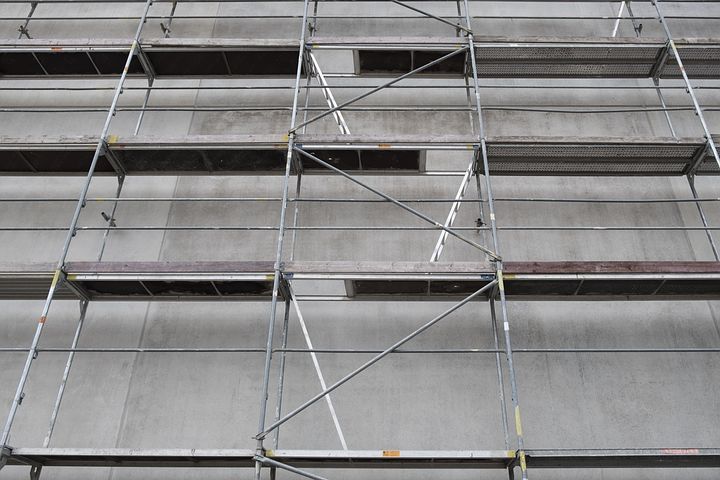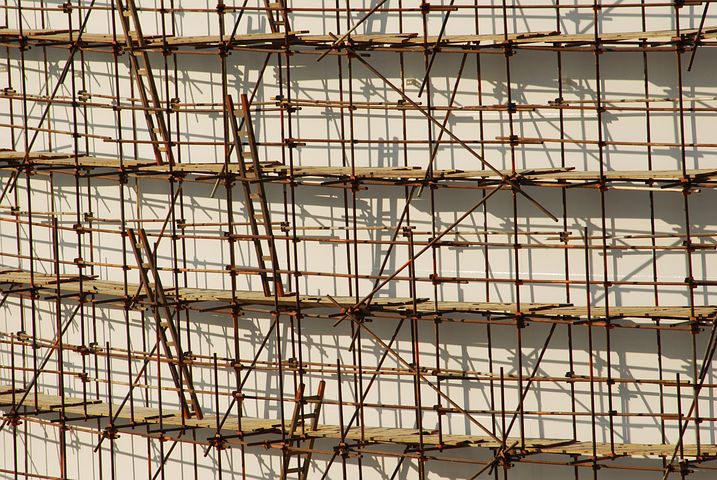Scaffolding finds applications in different facets of property improvement and construction industry as a whole. This simple structure made up of metallic poles and wooden planks serve various purposes and eliminate the need for advanced equipment, which is both costly and challenging to work around.
While a scaffolding eases workers into cleaning high-rise windows, painting storefronts and constructing multi-storeyed buildings, it has its downsides which are directly related to safety hazards. Therefore, as a supervisor, you must ensure the safety of workers and make sure none of them come to harm at work.
The below-mentioned tips will help you identify and tackle potential risks.
Getting the right equipment for the job
Scaffolding tends to wear out over time. If any fly-by-night supplier tries to sell or let you hire a used scaffolding which has bolts sticking out, rusted poles, wooden planks infested by termites and poor grip at joints, you will want to turn down the offer, no matter how lucrative it may sound. Saving a few dollars here might seem tempting, but that would risk the lives of people working on and around such equipment. When you purchase or rent a scaffolding, make sure you choose a reputed supplier that stands behind its products and services.

Set it up right
Precarious scaffolding is one of the biggest reasons behind construction accidents. If your scaffolding leans on the either side or feels wobbly, don’t let any worker climb on it. Also, look closely for any unusual damage to the pulley, block or hook, apart from the regular wearing.
In case you think a wobbly scaffold should work with the support of a brick or a block, such temporary fixes tend to succumb to the load and may collapse anytime.

Take additional fall-prevention measures
After setting up the scaffolding right, the next step is to ensure workers are safe when standing on it. Scaffolds that are raised over 10ft above the ground should have guardrails and safety harness in place to prevent any mishap. Workers should be strictly instructed not to sit on the guardrails or disengage safety harness at any point or jump from higher to lower level.
Hire licensed workers only
Letting an untrained worker work at heights is not only dangerous but also against the law. It is recommended to hire workers who have learned to work at heights and have developed expertise and aptitude to tackle height-specific challenges before taking up a job that pays.
As a supervisor, you must make sure every worker carries a tool pouch while on the scaffolding so that the platform remains free from loose tools and cables at all times.
Do not exceed the load capacity
Every scaffolding has a specific load capacity which should not be exceeded under any circumstances. Your supplier should be able to tell you the number of workers that can comfortably work at a given height without posing any risk to themselves or the people around them. Take heed of their instructions.
Scaffolding is one of the greatest gifts to industries that involve working at heights. Whether it’s a window cleaning, painting, plastering or any construction job, scaffolding makes the task a lot simpler than otherwise, and it’s your responsibility to make it safe as well. Feel free to share this article with anyone who could use scaffolding safety tips.
